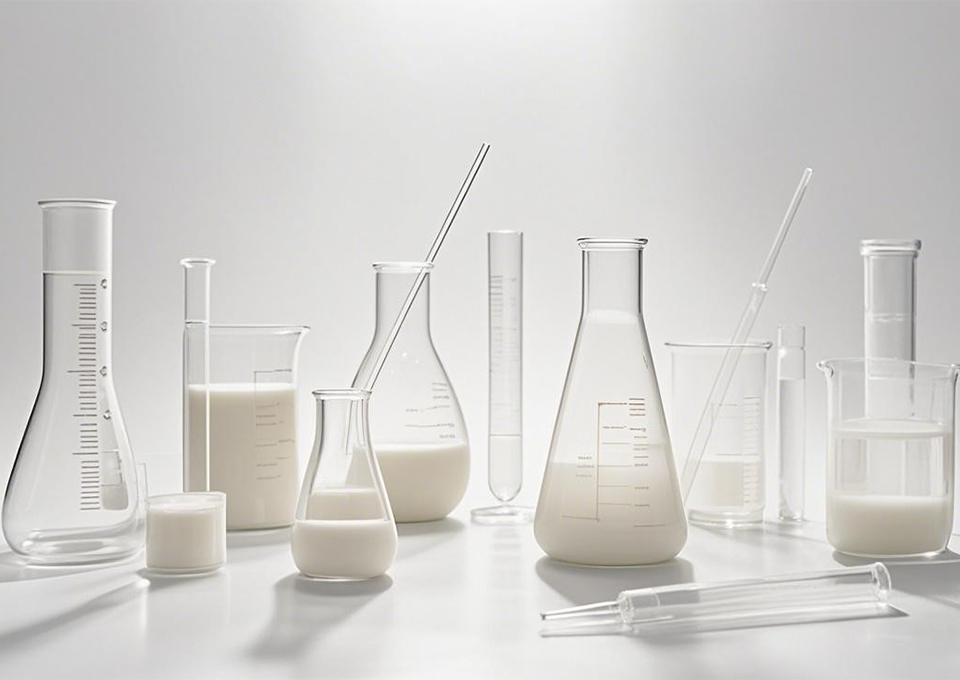As the world of 3D printing continues to grow, the selection of the material increases. One of the most critical factors is the quality of the final product and how strong the product is. One of the materials used is acrylic waterborne resin emulsions, and it is highly helpful for a multitude of reasons. Our blog today illustrates the importance of acrylic waterborne resin emulsions in 3D printing and how their use is shaped in the industry.
Acrylic waterborne resin emulsions make products easier to enhance their adhesion, flexibility, and durability, and have outstanding features. With these properties, these material polymers are capable to support several 3D printed applications from prototyping to end-use components. Furthermore, these materials are eco-friendly and waterborne emulsions do not emit VOC's. This is helpful for the well-being of people who work near the area that uses harmful chemicals. This is very helpful for the growing demand of eco-friendly materials and designs and provides a lot of support in the world.
Self-adhesive waterborne resin emulsions have several advantages in 3D printing. They solve the problem of versatility in 3D printing materials. They can be flexible or rigid depending on the need. Worn technology requires flexible materials, whereas, industrial parts need rigid structures. These emulsions will cater to both needs. They can also be mixed with pigments and fillers which ensures color variety and increased performance.
All 3D printing technologies can make use of the self-adhesive emulsions. New technologies like DLP and SLA have broadened the scope of using these materials. For example, in SLA, the materials need to be high resolution to achieve perfect outlines and details. The emulsions can be perfect because of their quick curing time and excellent surface finish. The acrylic emulsions will enable 3D printing to be pushed further than what is currently thought to be possible.
By all means, the cost-effectiveness of acrylic waterborne resin emulsions is something to note. With the ever-growing 3D printing industry, manufacturers are looking for ways to make production more cost effective while still retaining the quality. Businesses are able to make use of budget friendly acrylic emulsions which aid in achieving the quality standards of the organization. This is especially beneficial for startups and small businesses looking to make a mark in the 3D printing industry.
The advances in the development of resin acrylic waterborne emulsions and their integration in the 3D printing industry is something to highly anticipate. Considering the research and development work being put into them, these materials are sure to be more advanced and perform better over a wider scope. The increasing importance of sustainable production is bound to make waterborne technologies take center stage, which means these acrylic emulsions are a perfect fit for manufacturers looking for greener options.
To wrap up, the development of acrylic waterborne resin emulsions greatly enhances the functionality, flexibility, and eco-friendliness of 3D printing materials. With continued industrial growth, these materials are poised to become more essential to 3D printing technology for producers and end-users. Manufacturing businesses stand to improve their offerings while advancing their sustainability efforts by adopting the advantages of acrylic emulsions.

